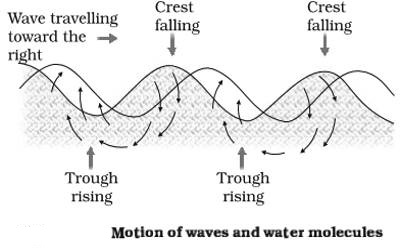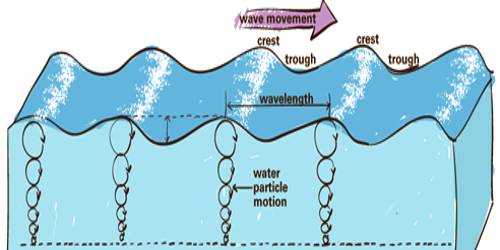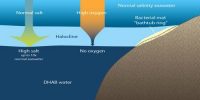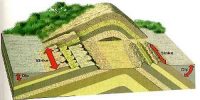The motion of Ocean Water
The ocean water is dynamic. Its physical characteristics like temperature, salinity, density and external forces like of the sun, moon, and the winds influence the movement of ocean water. The horizontal and vertical motions are common in ocean water bodies.
There are different types of movements of ocean water under the influence of different physical characteristics like temperature, salinity, density, etc. Movements of ocean water are also affected by external forces like the sun, moon and the winds.
The major movements of the ocean waters can be classified into three. They are:
- Waves
- Tides
- Ocean Currents

The horizontal motion refers to the ocean currents and waves. The vertical motion refers to tides. Ocean currents are the continuous flow of huge amount of water in a definite direction while the waves are the horizontal motion of water. Water moves ahead from one place to another through ocean currents while the water in the waves does not move, but the wave trains move ahead. The vertical motion refers to the rise and fall of water in the oceans and seas. Due to the attraction of the sun and the moon, the ocean water is raised up and falls down twice a day. The upwelling of cold water from the subsurface and the sinking of surface water are also forms of vertical motion of ocean water. The moving water in the oceans transports heat and so it has a large impact on Earth’s climate.














